Filter News
Area of Research
- Advanced Manufacturing (1)
- Biological Systems (1)
- Biology and Environment (7)
- Clean Energy (28)
- Climate and Environmental Systems (1)
- Data (1)
- Fossil Energy (1)
- Isotope Development and Production (1)
- Materials (17)
- Neutron Science (16)
- Nuclear Science and Technology (5)
- Supercomputing (13)
- Transportation Systems (1)
News Type
Date
Media Contacts

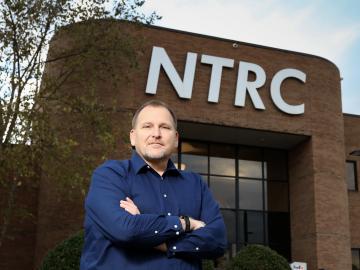
Some engineers are attracted to fuels and engine research out of a love of cars. For Robert Wagner, however, enthusiasm for combustion science and chaos theory drew him to this area of research at Oak Ridge National Laboratory. After years of delivering breakthroughs for cleane...

Scientists at the Department of Energy’s Oak Ridge National Laboratory have identified a common set of genes that enable different drought-resistant plants to survive in semi-arid conditions, which could play a significant role in bioengineering
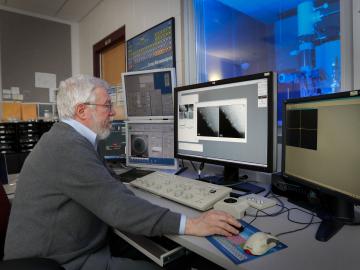
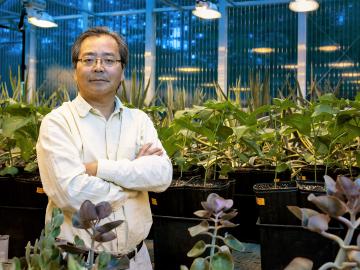
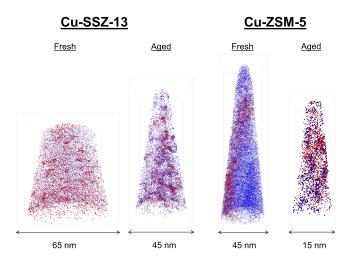
Diesel vehicles today emit far fewer pollutants than older vehicles, thanks to a zeolite (hydrous silicate) catalytic converter that was invented around 10 years ago to reduce pollutants that cause the formation of acid rain and smog. Although many groups have investigated t...

Deep neural networks—a form of artificial intelligence—have demonstrated mastery of tasks once thought uniquely human. Their triumphs have ranged from identifying animals in images, to recognizing human speech, to winning complex strategy games, among other su...
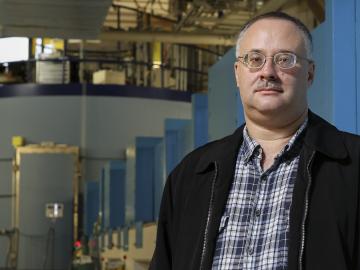


Five researchers at the Department of Energy’s Oak Ridge National Laboratory have been elected fellows of the American Association for the Advancement of Science (AAAS). AAAS, the world’s largest multidisciplinary scientific society




